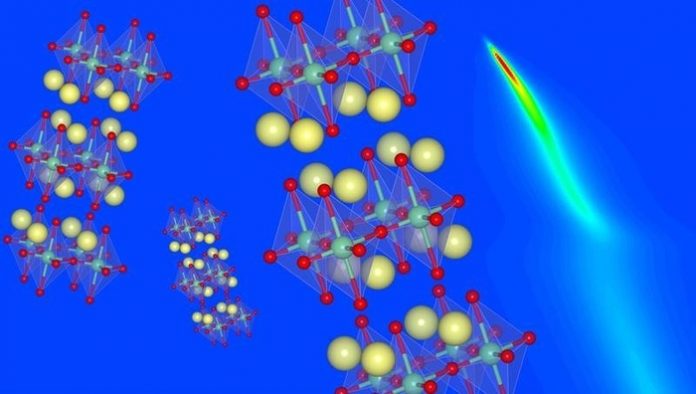Over the last 35 years, scientists have investigated a special type of materials called superconductors. When cooled to the correct temperatures, these materials allow electricity to flow without resistance. One team is researching superconductors using the Summit supercomputer. The team found that negative particles in the superconductors interact strongly with the smallest units of light in the materials. This interaction leads to sudden changes in the materials’ behavior. This interaction is at the root of understanding how a certain type of copper-based superconductor works.
The Impact
The team wanted to find out how the interactions between particles in the material change when they are in a crowded space with lots of other interacting particles. They hope that the results will help them better understand a unique class of superconducting materials based on copper. These materials will be more efficient than typical superconductors, thanks to their ability to work at relatively warm temperatures. This work could eventually lead to extremely efficient future electronic devices.
Summary
Researchers modeled the complicated interactions between negatively charged electron particles in a material and the interactions between electrons and phonons. Phonons are the smallest units of vibrational energy in a material. These models involved millions of particle states, with each state comprising distinct characteristics. The result is one of the team’s largest calculations to date of copper-based superconductors. The method gives the researchers a framework to study the so-called “self-energy” of electrons. The results could help the team get closer to understanding the mechanisms of a unique family of copper-based superconductors, which would be more efficient than typical copper-based superconductors.
Funding
The work was supported by the Department of Energy Office of Science through the Theory of Materials Program at Lawrence Berkeley National Laboratory and by the National Science Foundation. Advanced codes were provided by the Center for Computational Study of Excited-State Phenomena in Energy Materials (C2SEPEM). The Oak Ridge Leadership Computing Facility provided computational resources in this study. The Texas Advanced Computing Center and National Energy Research Scientific Computing Center provided additional computational resources in this study.















